Every year, billions of birds embark on incredible journeys spanning thousands of miles, navigating across continents and oceans with remarkable precision. These migratory marathons push birds to their physiological limits, making rest periods essential for their survival. But exactly how long do these feathered travelers pause before continuing their epic voyages? The answer varies dramatically depending on species, geography, weather conditions, and individual health. From brief refueling stops lasting mere hours to extended layovers spanning weeks, these rest periods represent a fascinating and critical component of bird migration. Understanding these patterns not only satisfies our curiosity about these remarkable creatures but also helps inform conservation efforts to protect the vital stopover habitats that make these incredible journeys possible.
The Necessity of Stopover Sites
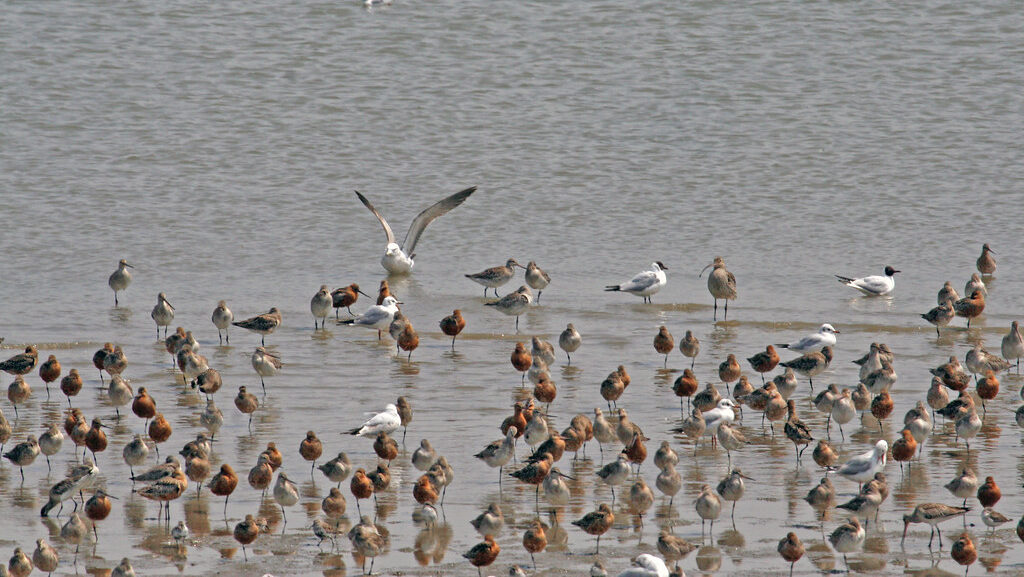
Migratory birds depend on strategic rest locations known as stopover sites to complete their long-distance journeys successfully. These locations serve as critical refueling stations where birds can replenish depleted fat reserves, recover from the physical strain of sustained flight, and wait for favorable weather conditions before continuing their journey. Without these natural pit stops, many species would be unable to complete migrations spanning thousands of miles. The quality of these habitats directly impacts how quickly birds can recover and continue their migration, with resource-rich areas allowing for shorter stays. Conservation efforts increasingly focus on protecting these vital habitats, recognizing that the loss of key stopover sites can jeopardize entire migratory populations even if their breeding and wintering grounds remain intact.
Short-Distance vs. Long-Distance Migrants
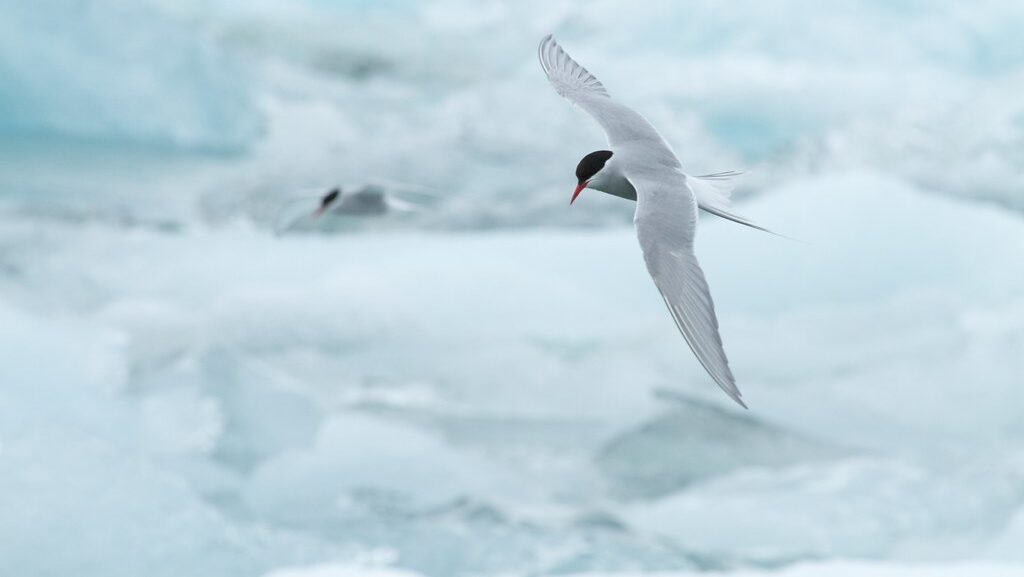
The duration of rest periods varies significantly between short-distance and long-distance migrants. Short-distance migrants, which might travel a few hundred miles between seasonal habitats, typically take shorter and more frequent rest periods, sometimes stopping for just a few hours before continuing their journey. Long-distance migrants, such as Arctic Terns that travel from pole to pole, tend to make fewer but longer stopovers, often resting for days or even weeks to build sufficient energy reserves for the next leg of their journey. These extended breaks are necessary because long-distance migrants must cross vast ecological barriers like oceans or deserts where stopping isn’t possible. The physiological demands of longer migrations also require more substantial recovery periods, as birds must rebuild muscle tissue and replenish fat stores that have been severely depleted during sustained flight.
The Fat Loading Process

One of the primary activities during stopover periods is the rapid accumulation of fat reserves, a process ornithologists call hyperphagia or fat loading. Birds can increase their body weight by 50-100% during these intense feeding periods, with some species doubling their weight before departing on the next leg of their journey. This remarkable weight gain is accomplished through dramatic increases in food consumption and specialized digestive adaptations that maximize nutrient absorption during stopover periods. The time required for adequate fat loading varies considerably by species – small songbirds like warblers might need 2-5 days to reach optimal departure weight, while larger shorebirds may require 10-14 days of intensive feeding. This fattening process directly influences stopover duration, as birds will generally not depart until they’ve accumulated sufficient energy reserves for the next flight segment.
Weather-Dependent Departures

Weather conditions play a crucial role in determining how long birds remain at stopover sites before resuming migration. Even birds that have successfully replenished their energy reserves will delay departure if weather conditions are unfavorable, particularly if they face headwinds, precipitation, or poor visibility. Radar studies have shown that migration intensity increases dramatically on nights with favorable tailwinds, as birds take advantage of conditions that will minimize energy expenditure during flight. Some species may extend their stopover periods for days or even weeks while waiting for optimal wind patterns, particularly before crossing major geographic barriers like oceans or mountain ranges. This weather-dependent behavior explains why migratory timing can vary significantly from year to year, with birds adjusting their rest periods based on current atmospheric conditions rather than following a rigid schedule.
Shortest Stopover Species

Some migratory birds are renowned for their remarkably brief stopover periods, having evolved strategies that minimize ground time during migration. Ruby-throated Hummingbirds, which weigh just 3-4 grams, may rest for just 1-2 days before continuing their journey, including their famous non-stop flight across the Gulf of Mexico. Many songbird species, including warblers and thrushes, often follow a pattern of nocturnal flight followed by single-day stopovers, continuing their journey the very next night if conditions are favorable and they’ve managed to replenish enough energy. Bar-tailed Godwits represent an extreme case, flying up to 7,000 miles non-stop from Alaska to New Zealand in approximately nine days without any rest or food, though they require extended recovery periods after such marathons. These rapid-transit migrants have adapted physiologically to maximize feeding efficiency, allowing them to quickly convert food into flight fuel during their brief terrestrial interludes.
Extended Rest Champions
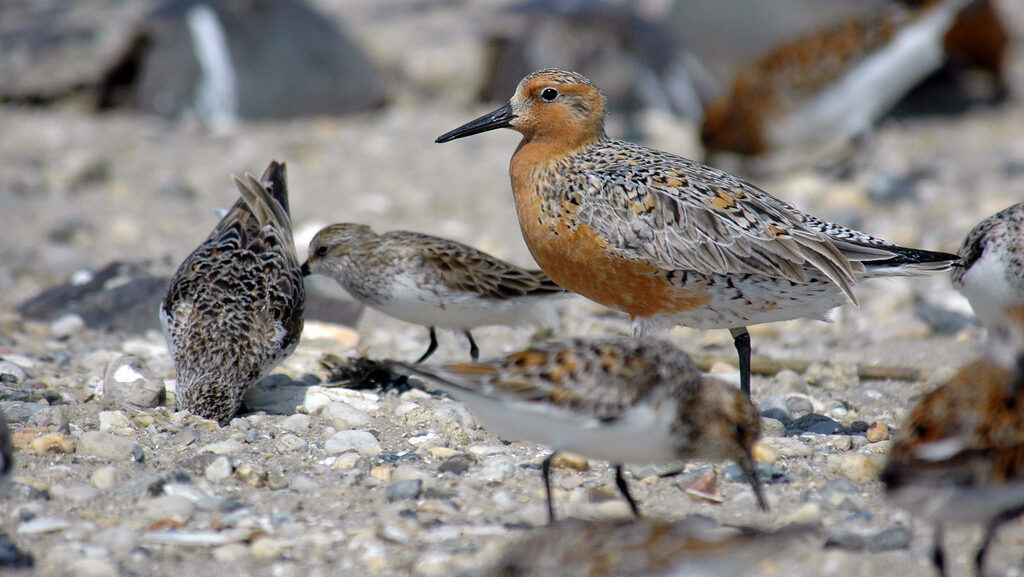
At the opposite end of the spectrum, some migratory birds take extended breaks during their journeys, sometimes pausing for weeks or even months. Certain shorebird species, like Red Knots, may spend 2-3 weeks at key stopover sites along their migratory route, particularly at food-rich areas like Delaware Bay where they synchronize their arrival with horseshoe crab spawning. White-rumped Sandpipers staging in the Bay of Fundy typically remain for 15-22 days before continuing their journey to South American wintering grounds. Some waterfowl species exhibit even longer stopovers, with Greater Snow Geese spending 4-8 weeks at the St. Lawrence River estuary during their southward migration. These extended stays allow birds to undergo significant physiological preparations, not just accumulating fat reserves but also restructuring internal organs to optimize them for the next migration phase.
Age and Experience Factors

The duration of stopover periods often differs between juvenile and adult birds, reflecting the impact of experience on migratory efficiency. First-year birds typically spend 30-100% longer at stopover sites than adults of the same species, as they navigate their inaugural migration without the benefit of prior experience. This extended rest reflects several challenges facing young birds, including less efficient foraging skills, suboptimal fat deposition rates, and greater uncertainty about navigation. Research tracking individual birds across multiple migration seasons has shown that stopover durations generally decrease as birds age, with experienced migrants developing more efficient refueling strategies and better selectivity of high-quality habitats. This age-related difference highlights how migration is not merely an innate behavior but also involves learned components that improve with experience, allowing older birds to minimize their time spent vulnerable on the ground.
Geographic Variations in Stopover Duration

The location of a stopover site within a bird’s migratory route significantly influences how long they remain there before continuing their journey. Sites immediately preceding major ecological barriers typically host longer stopovers as birds prepare for challenging non-stop flights across inhospitable terrain. For example, many European migrants spend 10-14 days at stopover sites along the Mediterranean coast before attempting to cross the Sahara Desert. Similarly, sites representing the final stop before breeding grounds often see extended stays as birds fine-tune their arrival timing to match optimal breeding conditions. Geographic differences in food abundance also create predictable patterns in stopover duration, with birds lingering longer at food-rich locations and passing quickly through areas with limited resources. These spatial variations in stopover duration highlight the strategic decision-making that characterizes avian migration, with birds adjusting their rest periods based on both current needs and anticipated challenges ahead.
The Impact of Habitat Quality
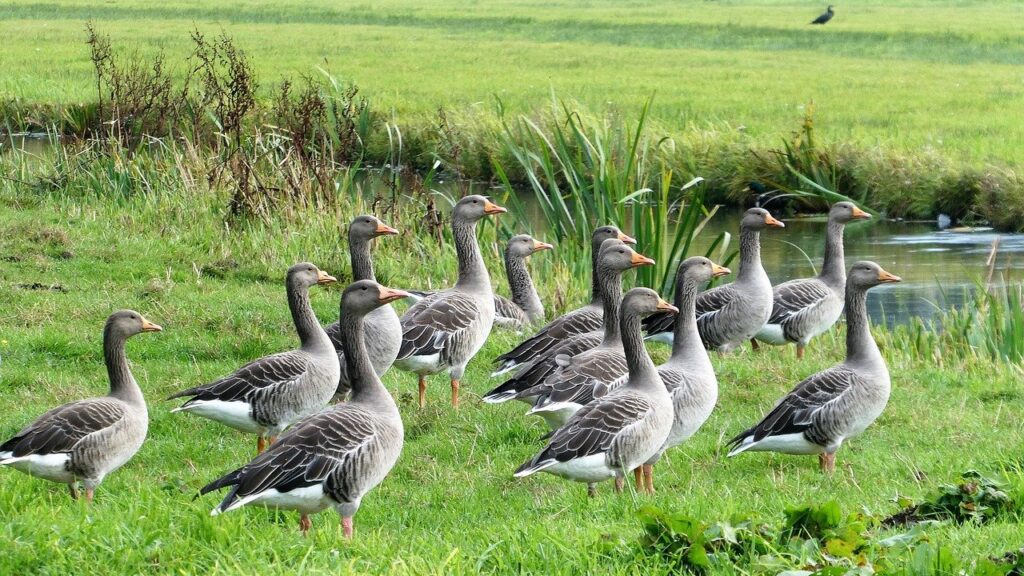
The quality of stopover habitat directly influences how long birds need to rest before they can successfully continue their migration. High-quality stopover sites with abundant, easily accessible, and nutritionally appropriate food resources allow birds to refuel rapidly, potentially reducing stopover duration by 30-50% compared to marginal habitats. Birds stopping at degraded or disturbed habitats often exhibit extended stays as they struggle to find sufficient food, or may depart with suboptimal fuel loads that necessitate additional stops later in their journey. Research using automated radio telemetry networks has demonstrated that birds departing from high-quality stopover sites travel farther on their next flight segment and have higher overall migration survival rates. This relationship between habitat quality and stopover efficiency underscores the conservation importance of protecting and restoring key refueling areas along major flyways, as even small reductions in habitat quality can significantly extend required rest periods and increase the physiological costs of migration.
Human Disturbance Effects

Human activities can significantly alter the duration of bird stopovers, often extending the time birds need to rest and refuel before continuing migration. Frequent disturbances from recreational activities, dogs, or vehicle traffic force birds to spend more time being vigilant and less time feeding, decreasing their daily energy intake by up to 50%. Studies using heart-rate monitors have shown that seemingly minor human disturbances can significantly increase birds’ stress levels and metabolic rates, depleting the very energy reserves they’re trying to build. In heavily disturbed areas, migratory birds often extend their stopover duration by 20-30% compared to similar habitats with minimal human presence. Light pollution represents another significant factor, as artificial lighting can disrupt birds’ circadian rhythms and migration timing, sometimes causing birds to depart prematurely before adequate refueling or delay departure despite favorable conditions. These anthropogenic impacts highlight the importance of managing human activity at critical stopover sites, particularly during peak migration periods.
Technological Insights into Rest Periods
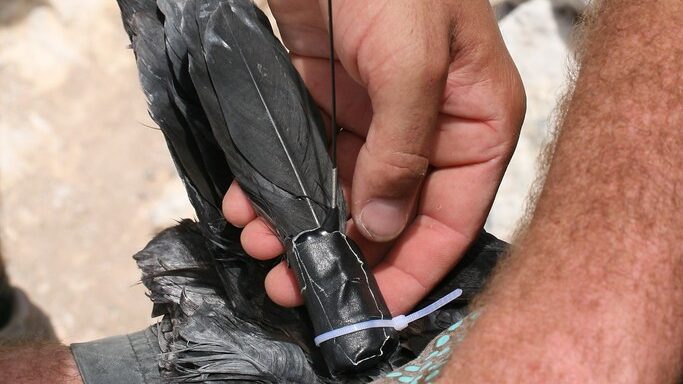
Advanced tracking technologies have revolutionized our understanding of migratory bird stopover behaviors, providing unprecedented detail about rest period durations. Miniaturized GPS tags weighing less than a gram now allow researchers to track even small songbirds throughout their entire migratory journey, revealing precise stopover locations and durations that were previously impossible to document. Automated radio telemetry arrays like the Motus Wildlife Tracking System can detect tagged birds across continental networks, generating data on thousands of individuals simultaneously and revealing population-level patterns in stopover behavior. Stable isotope analysis of feathers and tissues provides indirect evidence of stopover duration by revealing how long birds have been feeding in particular food webs. These technological advances have overturned several long-held assumptions about migration, revealing that many species make more frequent but shorter stops than previously believed, while others make fewer but longer stops at key resource-rich locations.
Conservation Implications

Understanding stopover duration patterns has profound implications for migratory bird conservation efforts worldwide. Conservation planning increasingly recognizes that protecting only breeding and wintering habitats is insufficient if birds cannot successfully complete the journeys between them. Stopover duration data helps identify the most critical refueling sites along migratory routes, where even short-term habitat degradation can have disproportionate impacts on entire populations. Temporal protection measures, such as seasonal restrictions on disturbance activities, can be precisely timed to match known peak stopover periods for vulnerable species. Climate change is altering both the phenology of food resources and the weather patterns that influence departure decisions, potentially creating mismatches between birds’ stopover timing and optimal conditions. By studying how stopover durations are changing in response to these environmental shifts, conservationists can better predict which species face the greatest migration challenges and prioritize intervention efforts accordingly.
The Balancing Act of Migration

The duration of migratory rest periods ultimately represents a sophisticated balancing act between competing survival pressures. Birds face an evolutionary trade-off between minimizing time spent vulnerable on the ground and ensuring they have sufficient energy reserves for successful flight. Extended stopovers increase predation risk and delay arrival at breeding grounds, potentially reducing reproductive success. Conversely, departing with insufficient energy reserves increases the risk of fatal exhaustion during flight, particularly if birds encounter unexpected headwinds or storms. Each species has evolved a migratory strategy that optimizes this balance based on their particular ecological constraints, resulting in the diverse stopover patterns observed across the avian world. Individual birds also demonstrate remarkable flexibility in adjusting their stopover durations based on current conditions, reflecting sophisticated decision-making processes that integrate information about internal energy state, habitat quality, weather conditions, and seasonal timing. This adaptive capacity allows migratory birds to navigate an increasingly unpredictable world, though with limits that conservation efforts must recognize and address.
Conclusion
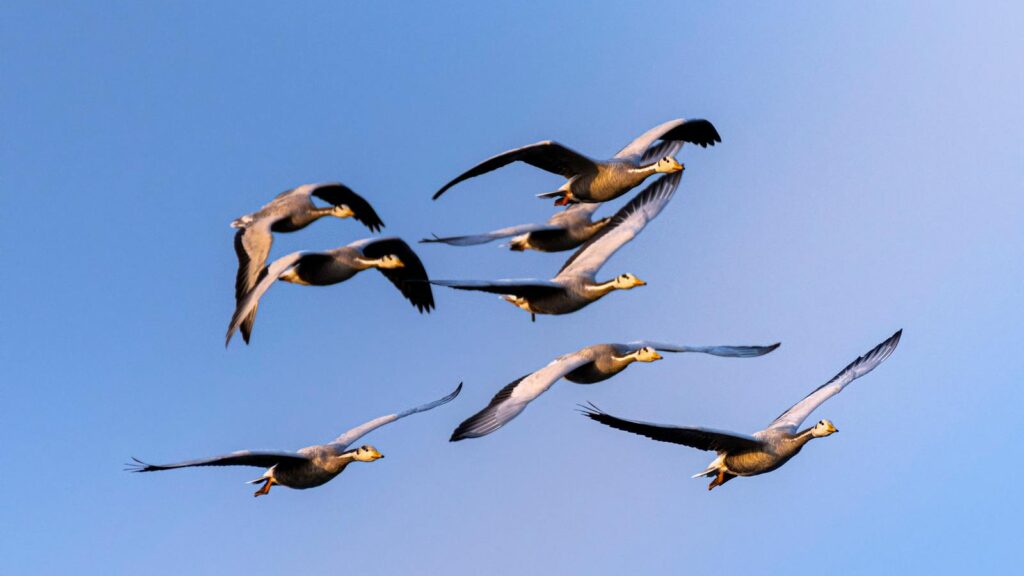
The question of how long migratory birds rest before continuing their journeys reveals a complex interplay of biology, ecology, geography, and behavior. From the brief pit stops of tiny warblers to the extended staging periods of arctic-breeding shorebirds, these rest intervals are carefully calibrated to meet each species’ unique needs while minimizing overall migration time. As climate change alters weather patterns and habitat conditions along traditional migratory routes, these carefully evolved stopover strategies face unprecedented challenges. By continuing to study and protect the critical habitats where birds rest and refuel, we can help ensure these remarkable journeys continue for generations to come, preserving one of nature’s most spectacular phenomena.
